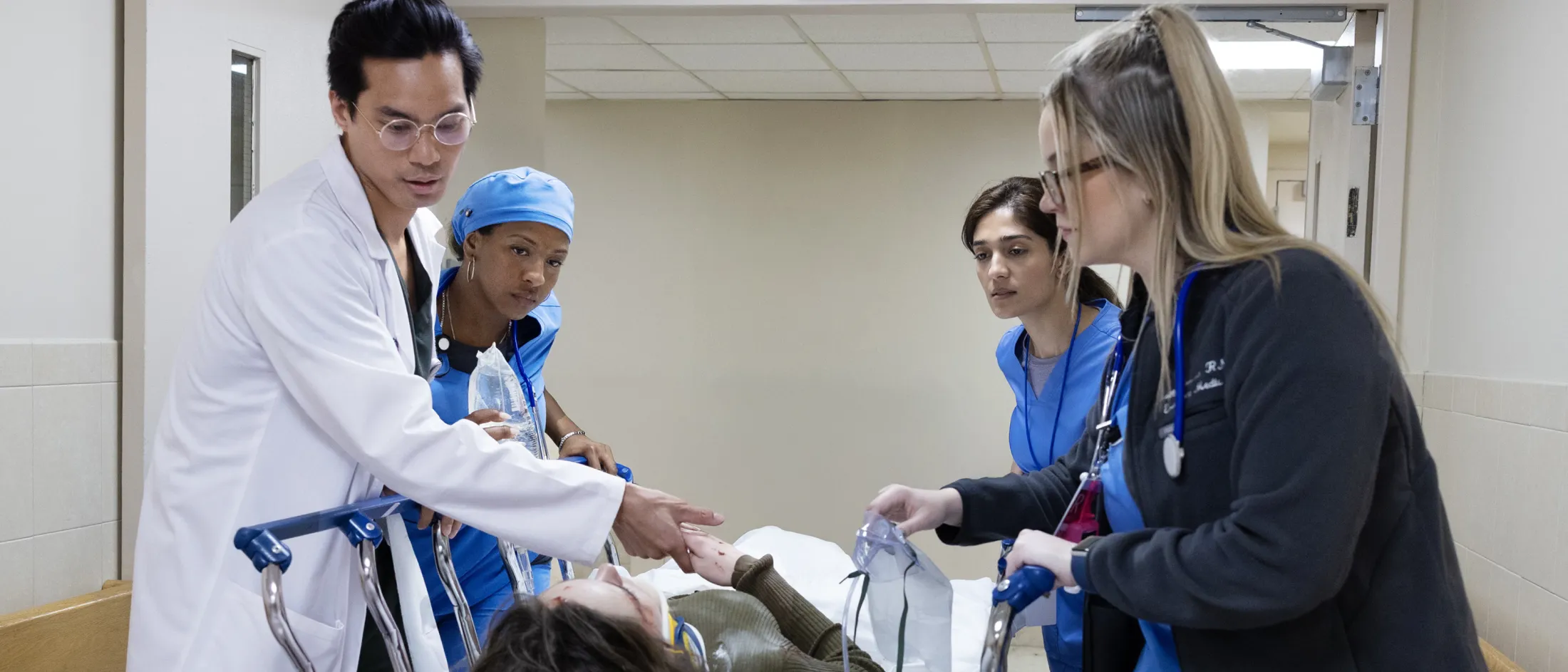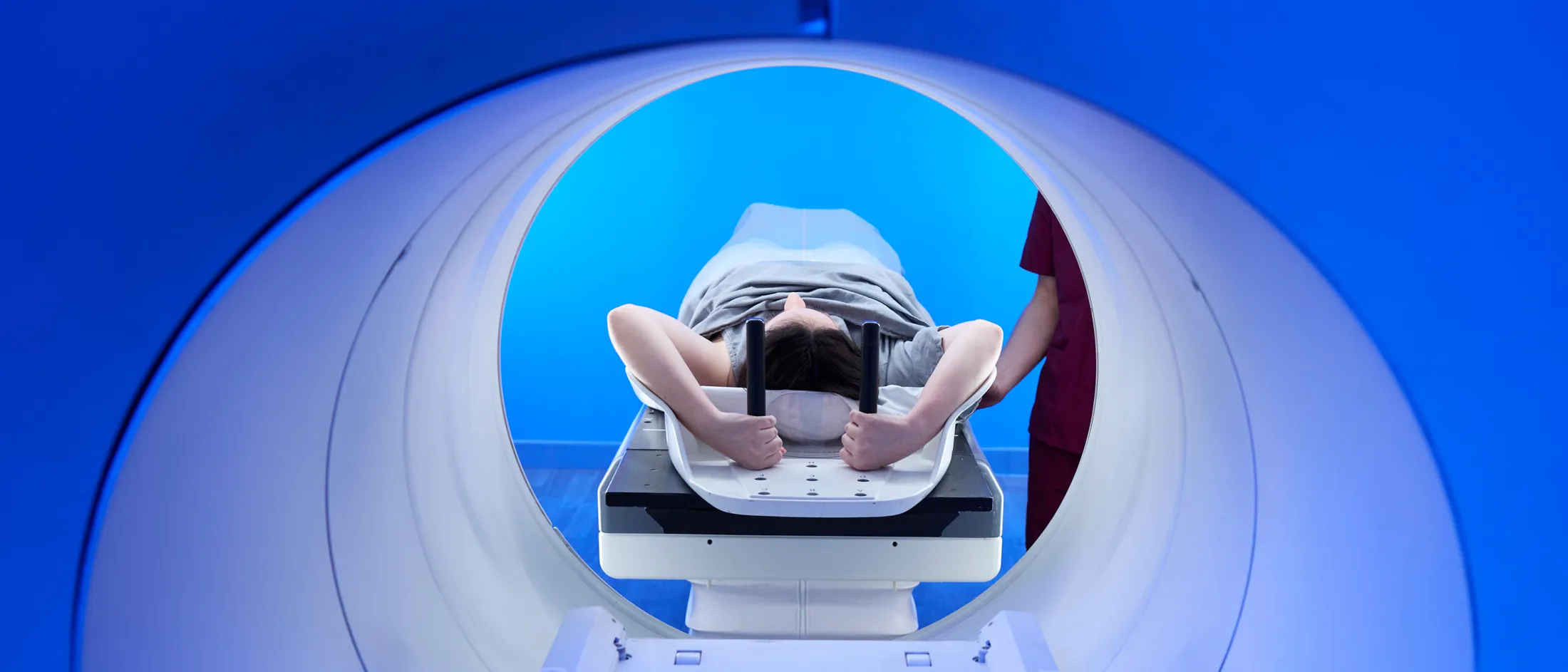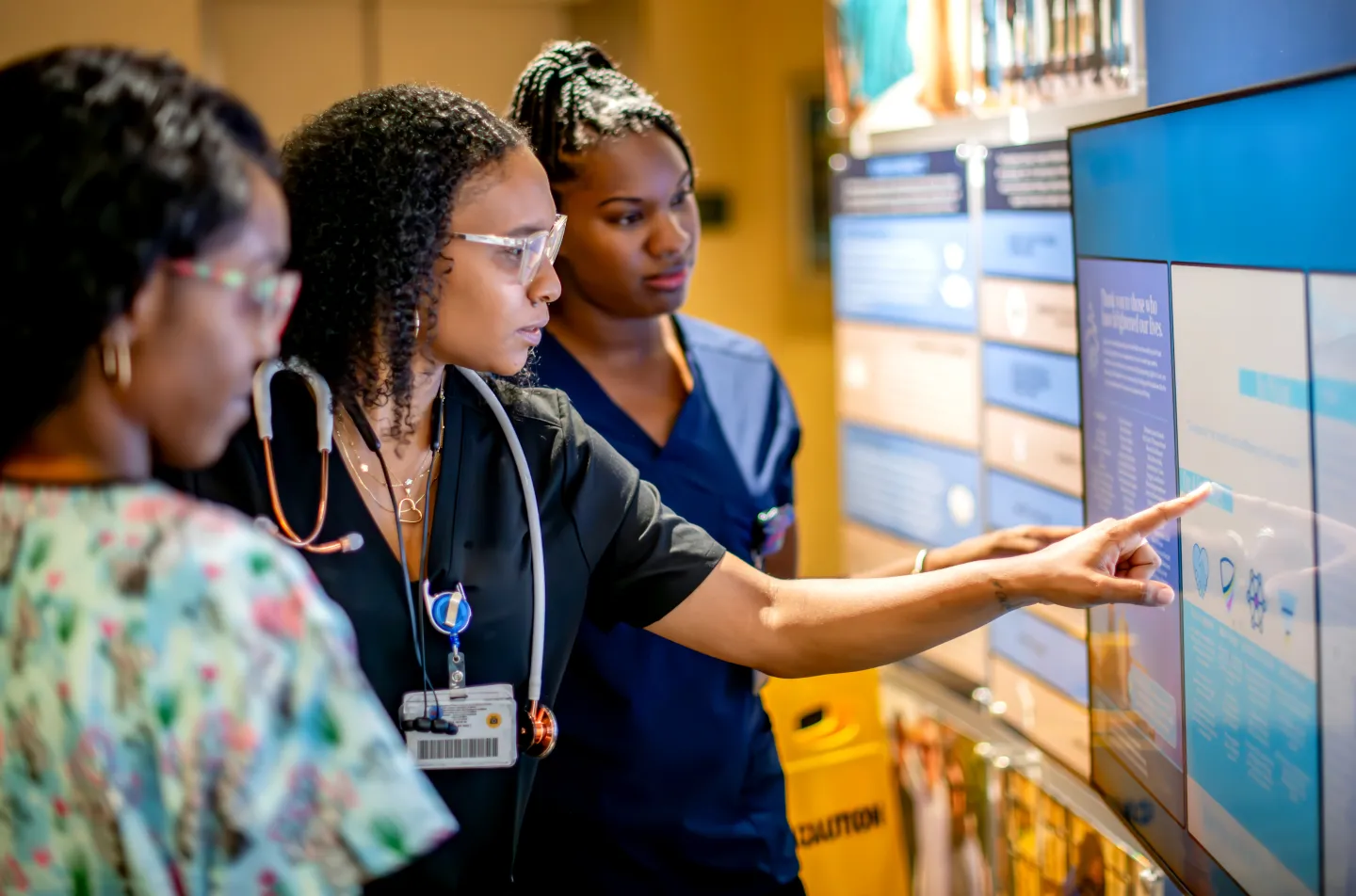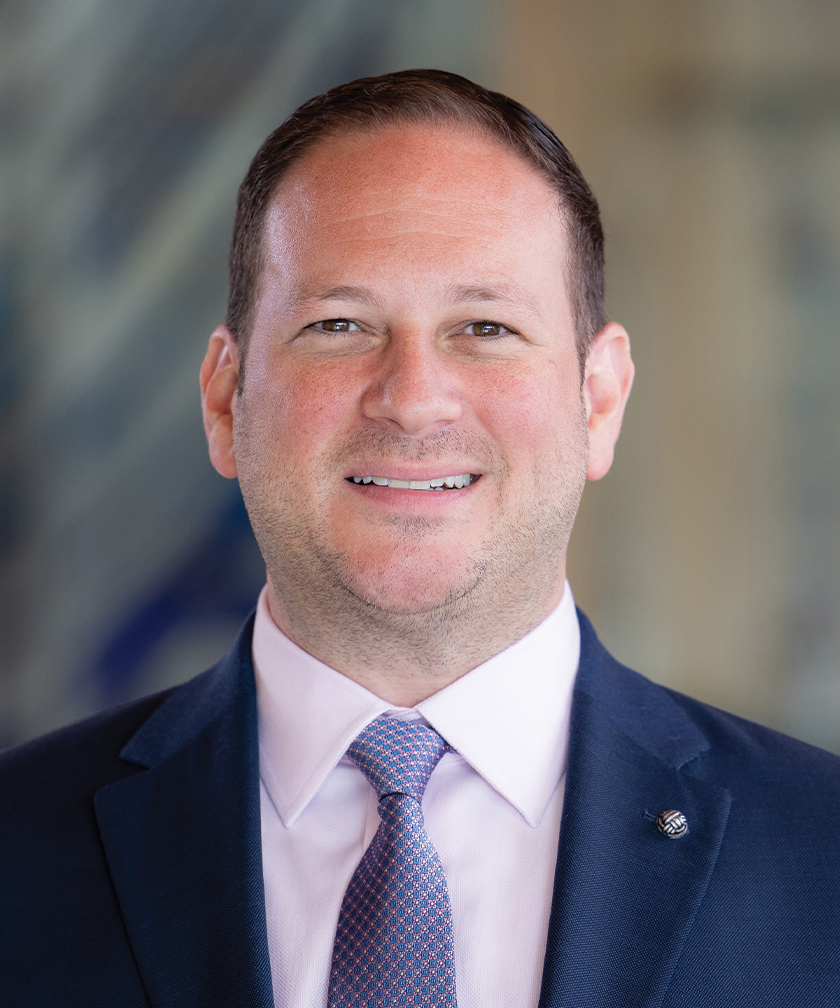The Montefiore Einstein Department of Emergency Medicine provides unparalleled expertise when it matters most. Our teams are prepared to intervene 24/7 with state-of-the-art evaluations and lifesaving treatments for patients with a full spectrum of emergency medical needs. Our Unit collaborates extensively with resources across our system with capabilities that include emergent catheterization, a dedicated arrhythmia service, a specialized congestive heart failure service, and our world-renowned Heart Transplant Program. This level of care extends to our elite designation as an Advanced Comprehensive Stroke Center—the nation’s highest standard for treating all types of strokes.
Leading the Race to Transform Emergency Medicine

Getting the Care You Need
If you or a loved one is experiencing life-threatening symptoms—such as those of a heart attack or stroke—call 9-1-1 immediately.
As leaders in advanced emergency medicine, the Emergency Department (ED) at Montefiore Einstein delivers expert care for the full spectrum of acute illnesses and injuries. Our world-renowned specialists are equipped to handle any crisis, providing immediate, lifesaving treatment for complex medical events, as well as urgent dental and psychiatric emergencies. Our comprehensive emergency care network includes four adult facilities and the dedicated Pediatric Emergency Department at our nationally ranked Children’s Hospital at Montefiore Einstein.
We are committed to caring for the whole person with dignity and respect. Every individual who comes through our doors receives professional and compassionate care—regardless of their ability to pay. We understand the importance of support during a crisis, and family members are always welcome.

Every Second Counts When You’re Fighting for a Lifetime More

Our Latest Research
Stay up to date on the latest research and advances at the Montefiore Einstein Department of Emergency Medicine.

Leaders in the Science of Emergency Medicine
For over 50 years, our research breakthroughs have led to game-changing practices that shape emergency care around the world.
Our portfolio of work extends from pioneering public health initiatives in the prevention of substance use and sexually transmitted infections (STIs) to forging new frontiers of discovery that include digital health, biodesign and implementation science. We are committed to translating innovations in technology into more efficient and effective care for the patients and communities we are privileged to serve.

State-of-the-Art Technology
The Montefiore Einstein Department of Emergency Medicine offers the full spectrum of advanced, state-of-the-art technologies and programs crucial for emergency treatment and interventions for complex cases. These include point-of-care ultrasound (POCUS), computed tomography (CT), magnetic resonance imaging (MRI) and X-ray machines, as well as 24/7 cardiac catheterization laboratory access and 24/7 advanced intervention access for stroke specialists.
Your Emergency Medicine Team
Hospital Airway Resuscitation Trial
-
Start Date
November 12, 2024
-
Conditions
Cardiac Arrest, Respiratory Failure
Ibuprofen With or Without Dexamethasone for Acute Radicular Low Back Pain.
-
Start Date
April 9, 2025
-
Conditions
Radiculopathy, Lumbosacral Region, Back Pain With Radiation, Low Back Pain
Duloxetine for LBP
-
Start Date
November 22, 2024
-
Conditions
Back Pain, Low
Antiemetic Fosaprepitant To Remedy Nausea and Vomiting
-
Start Date
August 29, 2025
-
Conditions
Nausea and Vomiting, Nausea, Vomiting

Our Locations
Montefiore Einstein has four adult emergency department facilities and also operates a Pediatric Emergency Department at the Children’s Hospital at Montefiore Einstein.








